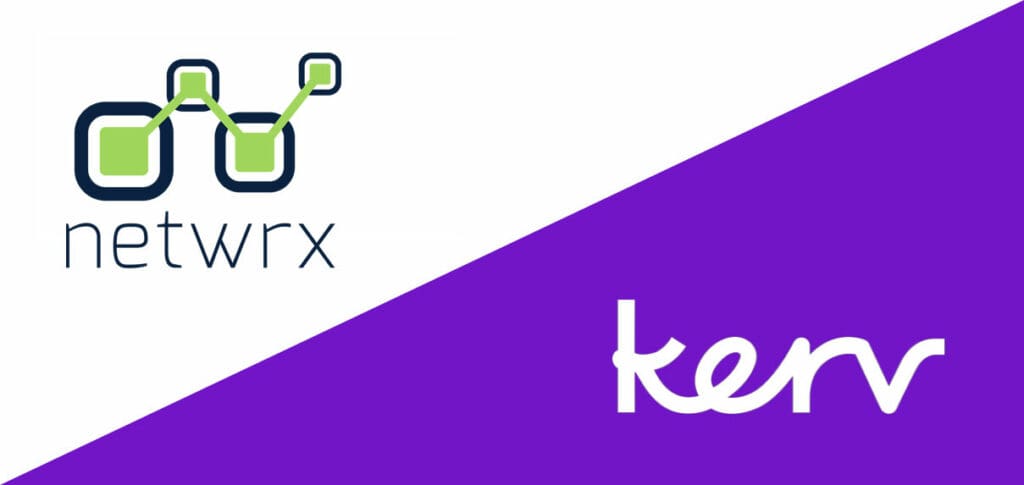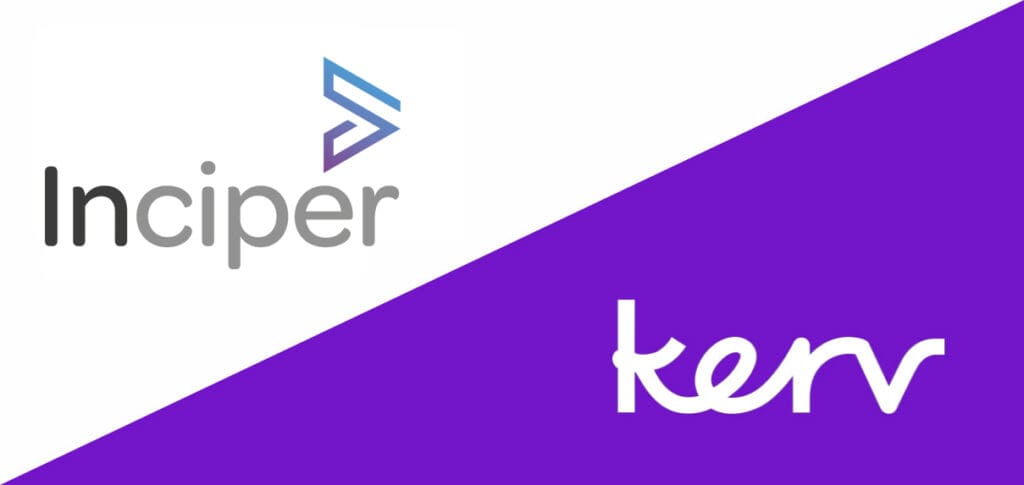
Deborah Robinson
Lead Researcher|
Have a question?
Get in touchPublished 30/05/24 under:
User research is a crucial component of successful digital transformation. It helps organisations understand their users’ needs, behaviours, and pain points, ensuring that the solutions developed are both user-centric and effective. To explain this properly, here’s our Lead Researcher for User Experience, Deborah Robinson, to explain the essentials and explain why it is indispensable for any project.
First, what exactly is a User Researcher?
All too often when asked what I do, I see the blank look on a person’s face when I respond with ‘I’m a user researcher’. Instinctively they think its related to medical research, so I find that for the next few minutes I am explaining my role in the digital space.
So, what is a User Researcher? Well, think of us as the detectives of the digital realm. Navigating our way through a host of data, unravelling the mysteries of user behaviour. Our mission? To understand our users better. This means understanding what they’re currently doing, how they’re doing something, what they want, what they think they want, and what we think they want.
So how do we do all this?
Well, we use a range of methods, techniques, and approaches to tease that insight out. We then use it to improve and develop products. Essentially user research informs all aspects of the decision-making process so that products work well for users and achieve company goals.
It’s all about gathering and interpreting data and feedback. The tools and methods we use depend on the project at hand and what we want to find out. Our work is part of the wider user centred design process where we aim to figure out how, as a service, we can best meet needs and improve user experience.
The user research methods we can or should use will depend on the type of product, the stage of development, and what you need to find out.
In the early discovery stage of product development we may do some ethnographic research. For example, observing users in their office environment or watching them using a particular website or tool to see how they use it. Or hold user or stakeholder interviews. This is to help uncover and understand the problem.
In the exploration stage, we could use competitive analysis or journey mapping to explore ideas. In the test stage we would likely move to usability testing to test any solutions. Taking a prototype or wireframes you ask users to find a piece of information or complete a task and talk through what they understand.
After we’ve launched a product, we can collect live feedback through surveys or reviewing analytics. This allows us to test the product against user requirements and company goals identified earlier in the development.
This is an example of what methods we could use throughout a project. Other methods may be more appropriate depending on the nature of the project and what you want to learn. For example, reviewing analytic data earlier could help set goals and gain insights.
Having said all this, there will always be something useful to learn at every single stage as a user centred design is an iterative process.
Why is it important, I hear you ask…
In layman’s terms, user research helps you understand the problem you are trying to solve. It tells you who your users are, in what context they will be using your product, and ultimately what they need. This ensures you design a product with the user always in mind.
We do this by focusing on identifying problems and challenges, validating assumptions, finding patterns and commonalities, and spreading light on a user’s needs, goals and common problems.
The biggest mistake is thinking user research is not needed when you already have a solution. Without research you are designing a concept based on assumptions. The risk is that when launched the product may have loads of design flaws and usability problems, or simply doesn’t fulfil a real user need. This can result in a team needing to completely rethink a concept based on what is learnt.
Research enables you to uncover such problems early on, saving you time and money and avoiding the need for a complete concept rethink.
Research is a Team Sport
Successful user research is hugely collaborative. We’re part of a dynamic team of designers, developers, business analysts, product managers, and many more. We all work together to create experiences that delight and inspire. It’s a delicate dance of creativity and compromise, where everyone brings their own unique skills to the table.
Although a User Researcher will have its closest allies (UX designers, content designers, business analysts and product owners) it’s vital that the whole team follows a user centred approach. There needs to be team wide understanding of the users, their needs and pain points. Without this, it’s highly likely you will be designing solutions based on assumptions. As we’ve already shown, this is not conducive to a successful product.
Now you know more about what user research is, let’s take a little peak at some of the daily tasks we carry out.
The daily tasks a User Researcher performs vary depending on the stage of the project and the specific needs of the team. Some common tasks we may engage in are:
Planning and designing research studies
- Collaborating with product managers, designers, and other stakeholders to define research objectives and questions.
- Developing research plans using appropriate methodologies to address the research questions.
- Creating research protocols, scripts, and materials.
Conducting research
- Recruiting participants that match the target user demographic.
- Conducting research activities to gather qualitative or quantitative data.
- Facilitating research sessions and ensuring participants feel comfortable and engaged.
- Taking detailed notes and recordings during research sessions.
Analysing data
- Reviewing and synthesising qualitative and/or quantitative data collected during research activities.
- Identifying patterns, themes, and insights that emerge from the data.
- Creating personas, journey maps, or other artifacts to represent user insights.
Communicating findings
- Creating assets to share research findings to stakeholders (e.g., reports, presentations, or quote walls).
- Presenting findings to cross-functional teams, explaining the implications for product design and development.
- Advocating for the user and influencing decision-making based on research insights.
Collaborating with the team
- Working closely with all team members to integrate user insights into the design and development process.
- Participating in daily ceremonies, brainstorming sessions, and other collaborative activities to generate ideas and solutions informed by user research.
- Inputting user research findings to prototypes or designs.
Continuous learning and improvement
- Staying updated on user research methods, tools, and best practices.
- Seeking feedback from colleagues and stakeholders to improve research processes and outcomes.
- Reflecting on past research projects to identify lessons learned and areas for improvement.
So, there you have it, a whistle-stop tour into the world of user research. At Kerv Digital, we specialise in leveraging user insights to craft digital solutions that truly resonate with end-users. Our expert team is dedicated to transforming your digital landscape by integrating thorough research and innovative strategies. Partner with us to ensure your projects not only meet but exceed user expectations, driving success and growth in today’s competitive market. Let Kerv Digital be your guide to exceptional user-centred design.
Have a question?
"*" indicates required fields






